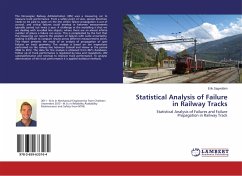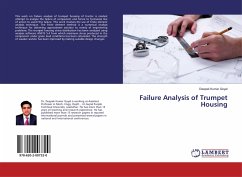The Norwegian Railway Administration (JBV) uses a measuring car to measure track performance. From a safety point of view, special attention needs to be paid to spots on the line where failure propagation is out of control, and critical failures could develop in between measurements typically carried out twice a year. A challenge in the modelling is that we are dealing with so-called line objects, where there are an almost infinite number of places a failure can occur. This is complicated by the fact that the measuring car reports the position of failures with some uncertainty, making it difficult to compare results across different measurements series. This report presents the result of an analysis of propagation of spot failures on track geometry. The analysis is based on ten inspections performed on the railway line between Eidsvoll and Hamar in the period 2006 to 2012. The data for the analysis is obtained from JBV's databases. Follow up of track performance is regulated by laws and regulations. JBV usesmaintenance and renewal to improve track performance. To analyse deterioration of the track performance it is applied statistical methods.
Bitte wählen Sie Ihr Anliegen aus.
Rechnungen
Retourenschein anfordern
Bestellstatus
Storno








